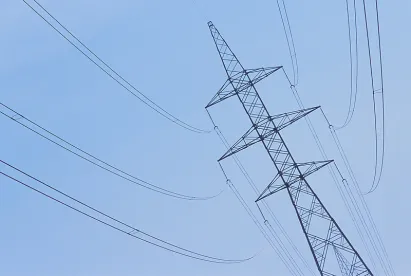Moving forward, in part, on a campaign promise to adopt an infrastructure plan to “transform America’s crumbling infrastructure,” today President Trump issued an Executive Order titled “Expediting Environmental Reviews and Approvals for High Priority Infrastructure Projects.” Notably, the order states:
it is the policy of the executive branch to streamline and expedite, in a manner consistent with law, environmental reviews and approvals for all infrastructure projects, especially projects that are a high priority for the Nation, such as improving the U.S. electric grid and telecommunications systems and repairing and upgrading critical port facilities, airports, pipelines, bridges, and highways.
Most of President Trump’s pre and post-election rhetoric on infrastructure, including his Inaugural Address, focused solely on transportation infrastructure without mention of the power grid. It is encouraging to see grid modernization identified as a high priority.
The Order empowers the Chairman of the White House Council on Environmental Policy (CEQ) to decide whether a particular infrastructure project that requires any “federal reviews or approvals” qualifies as “high priority.” The CEQ Chairman can make this determination on his or her own, or upon the request of a Governor of a State or head of a federal executive department or agency.
The Order does not provide any criteria, beyond the generic descriptions above, for determining what specific projects should be considered “high priority.”
If a project is designated as “high priority,” the CEQ Chairman must coordinate with the applicable federal agencies and establish, in a manner consistent with law, expedited procedures and deadlines for completion of environmental reviews and procedures. If the deadlines are not met, the head of the relevant agency must provide a written explanation to the CEQ Chairman explaining the causes for delay.
The Order expressly does not impair or affect the authority granted by law to any department or agency, or the functions of the Director of the Office of Management and Budget. Nor does the Order create any right or benefit, substantive or procedural, that is enforceable by any party. As such, the Order may be of little or no legal consequence. However, it reflects a presidential desire to expedite approval of infrastructure projects, including projects designed to improve the electricity grid.




 />i
/>i
